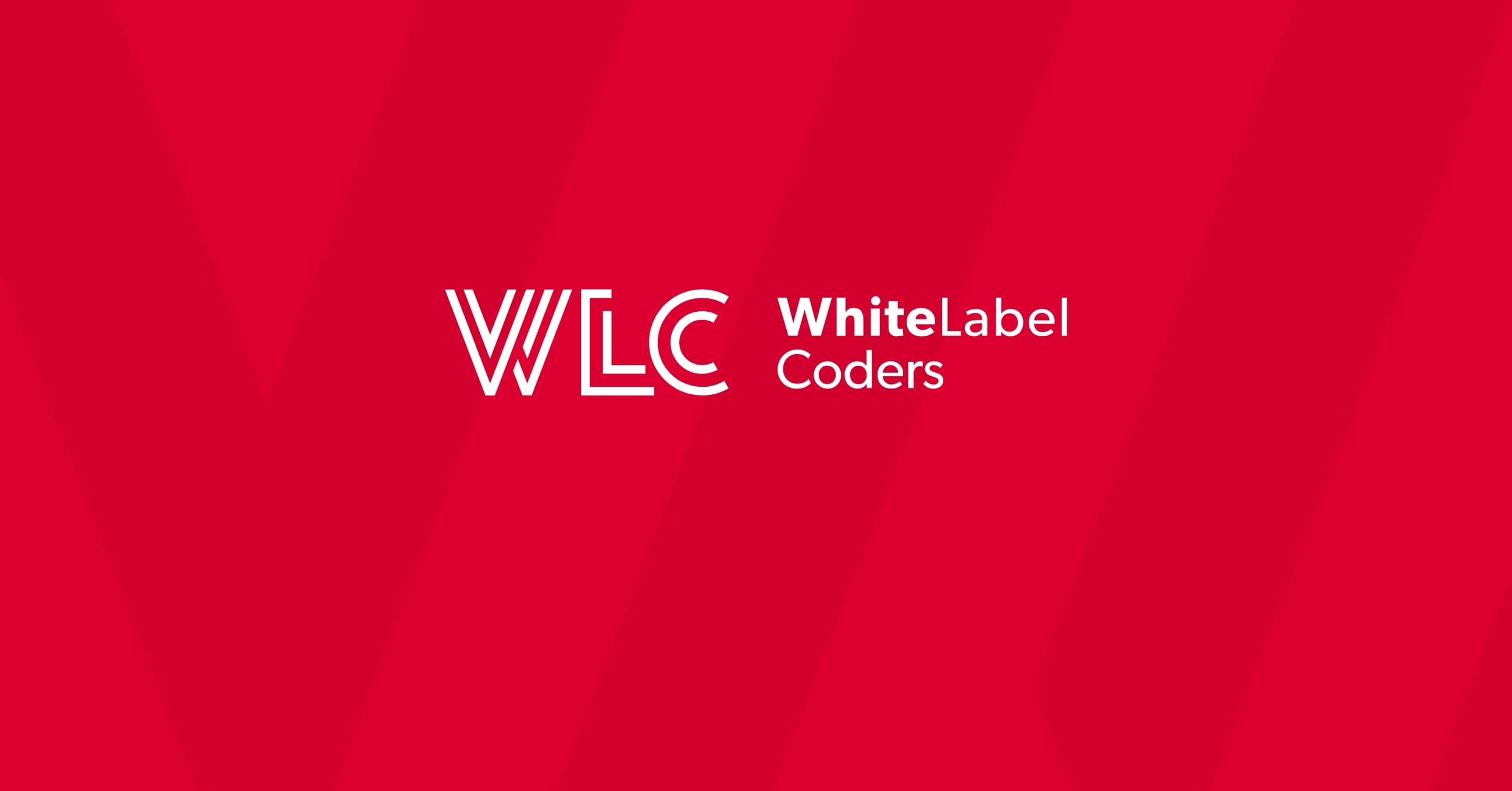Category: WooCommerce
Is WooCommerce paid or free?

WooCommerce has emerged as a leading e-commerce solution powering approximately 28% of online stores worldwide. When planning your online store, understanding the financial implications of your platform choice is crucial for budgeting and long-term success. WooCommerce operates on a freemium model—the core plugin costs nothing to install, but various associated expenses like hosting, premium extensions, and professional development services may apply depending on your business needs.
Is WooCommerce paid or free?
The core WooCommerce plugin itself comes with zero cost—you can download and install it on any WordPress website without paying for a license. This open-source platform allows unlimited products, customers, and orders without recurring subscription fees. However, understanding the complete financial picture requires looking beyond the initial download. While the foundation is free, building a fully-functional, customized online store typically involves additional investments in hosting, domains, themes, extensions, and potentially professional development services.
WooCommerce’s business model follows the classic freemium approach: provide a robust free core that works for basic setups, then offer premium add-ons for enhanced functionality. This model gives businesses tremendous flexibility—small stores can start with minimal investment, while growing enterprises can scale their expenditure alongside their expansion by adding specific premium features only when needed.
What costs are associated with using WooCommerce?
Though the platform itself doesn’t require payment, several essential expenses contribute to the total cost of ownership for a WordPress for e-commerce store:
- Hosting services: Unlike SaaS platforms, WooCommerce requires a WordPress-compatible hosting plan. Basic shared hosting starts around $5-15 monthly, while managed WooCommerce hosting with better performance ranges from $25-200+ monthly depending on traffic and needs.
- Domain registration: Your store needs a web address, typically costing $10-20 annually.
- SSL certificate: Essential for secure transactions, certificates can be free (Let’s Encrypt) or premium ($50-300 annually).
- Premium themes: While free themes exist, professional WooCommerce themes offering better features and support range from $50-200 as one-time purchases.
- Essential extensions: Depending on requirements, premium extensions for payment processing, shipping, marketing, and other functionalities can cost $50-300+ each, either as one-time purchases or annual subscriptions.
- Payment gateway fees: Transaction fees vary by provider (PayPal, Stripe, etc.), typically 2-3% plus a small fixed amount per transaction.
- Development and maintenance: Professional customization, setup, or ongoing maintenance can range from hundreds to thousands of dollars depending on project complexity.
The modular nature of these costs means businesses can precisely control their investment based on specific needs rather than paying for unused features in an all-inclusive package.
How much do WooCommerce extensions cost?
WooCommerce’s extension marketplace offers over 400 official and thousands of third-party plugins with varying pricing structures:
- Free extensions: Many basic functionality extensions cost nothing.
- Essential premium extensions: Core functionality extensions like WooCommerce Subscriptions ($199/year), Product Add-Ons ($49/year), or Shipping extensions ($79-199/year).
- Marketing extensions: Tools like MailChimp integration, Beeketing, or Smart Coupons range from $49-299 annually.
- Specialized extensions: Industry-specific solutions like Bookings ($249/year) or Memberships ($199/year).
Most premium extensions operate on annual subscription models that include updates and support. While these yearly costs add up, they typically provide better long-term value than one-time purchases due to ongoing compatibility updates and technical support. Third-party extensions from developers outside WooCommerce often present more affordable alternatives, though potentially with less reliable support or compatibility.
When budgeting for extensions, prioritize core functionality first, then add marketing and specialized tools as your business grows. This gradual approach helps control initial investments while ensuring essential operations run smoothly.
Is WooCommerce cheaper than Shopify?
Comparing total cost of ownership between these platforms reveals different expense structures rather than a clear “cheaper” option:
| Cost Factor | WooCommerce | Shopify |
|---|---|---|
| Base platform | Free | $29-299/month |
| Hosting | $5-200+/month | Included |
| Transaction fees | Payment processor only (2-3%) | Payment processor + Shopify fee (0.5-2% additional) |
| Extensions/Apps | $0-2,000+/year (as needed) | $0-1,800+/year (as needed) |
| Development | Usually higher | Usually lower |
For small businesses with basic needs and technical capabilities, WooCommerce often proves more economical due to lower monthly fixed costs. However, as stores grow and require more specialized functionality, the cost gap narrows. Shopify’s all-inclusive approach provides predictable expenses and lower technical requirements, while WooCommerce offers greater customization potential but requires more hands-on management.
The comparison resembles what one might find between Apple and Microsoft—different philosophies serving the same market. Shopify provides a streamlined, supported experience at a premium, while WooCommerce offers flexibility and potentially lower costs for those willing to manage more aspects themselves. For a more detailed analysis, you can check out Shopify vs WooCommerce: The Ultimate Comparison.
What’s included in the free version of WooCommerce?
The core WooCommerce plugin delivers impressive functionality without any cost:
- Product management: Support for unlimited physical and digital products, product categories, tags, attributes, and variations.
- Shopping experience: Cart functionality, wishlist capabilities, and checkout process with guest checkout options.
- Payment options: Integration with major payment gateways including PayPal, bank transfers, checks, and cash on delivery.
- Shipping settings: Basic shipping zones, calculations, and flat-rate options.
- Tax management: Tax calculations based on various rules including shipping location, store location, and product types.
- Order management: Complete administration interface for processing orders and managing customer accounts.
- Basic discount system: Coupon creation with various restriction options.
- Analytics: Essential reporting on sales, customers, and stock levels.
- Email notifications: Automated customer communications regarding orders and account activity.
This free foundation handles everything required for a simple store and can be expanded with both free and premium extensions as your business needs grow. Many businesses find that combining the free core with a handful of strategic premium extensions creates the perfect balance of functionality and cost-effectiveness.
Do I need paid extensions for WooCommerce?
Whether your business requires premium extensions depends entirely on your specific operational needs and growth stage. The free core WooCommerce functionality suffices for many basic online stores that sell simple products with standard shipping and payment options.
However, certain business requirements typically necessitate premium solutions:
- Subscription-based models: Recurring billing and subscription management almost always require paid extensions.
- Complex shipping requirements: Real-time shipping calculations, dropshipping, or multiple warehouse management.
- Advanced marketing tools: Email marketing automation, abandoned cart recovery, and personalized recommendations.
- Appointment booking: Service-based businesses managing appointments and bookings.
- Marketplace functionality: Multi-vendor setups where various sellers operate on your platform.
- Memberships and content restrictions: Gated content or member-only products and services.
A strategic approach involves starting with core free functionality, then carefully evaluating which pain points or growth opportunities justify investment in premium extensions. This incremental approach ensures you’re not paying for capabilities your business doesn’t utilize while still supporting necessary operations. Understanding how complex WooCommerce can be will help you make informed decisions about which extensions are truly necessary.
How can I reduce WooCommerce costs?
Optimizing your WooCommerce investment while maintaining quality involves several strategic approaches:
- Begin with quality hosting: Rather than cutting corners on hosting, invest in reliable performance-optimized hosting to avoid costly downtime and customer frustration.
- Leverage free alternatives first: Explore free plugins before purchasing premium extensions—many offer surprisingly robust functionality.
- Consider third-party extensions: Explore non-official extensions which often provide similar functionality at lower costs.
- Choose multi-function plugins: Select extensions that solve multiple problems rather than purchasing separate solutions for each need.
- Optimize development approach: Consider partnering with experienced e-commerce website development agency experts who can implement efficient, future-proof solutions rather than quick fixes that require constant revision.
- Prioritize extensions with strong ROI: Invest in tools that directly increase conversion rates or average order value before those that offer marginal improvements.
- Utilize annual subscriptions: Many extensions offer significant discounts for yearly versus monthly billing.
Remember that reducing costs shouldn’t mean compromising on essential functionality. The goal is efficient allocation of resources—investing where it truly impacts customer experience and operational efficiency while minimizing expenses in less critical areas.
Essential WooCommerce investment insights to remember
When evaluating WooCommerce from a financial perspective, keep these key considerations in mind:
- Total cost of ownership matters more than initial price: Look beyond the “free” platform to understand your complete investment including hosting, extensions, and maintenance.
- Scale your investment with your business: WooCommerce’s modular nature allows you to add functionality as your operations grow—start minimal and expand strategically.
- Balance DIY with professional support: While self-management saves money, professional development often delivers better long-term value through proper implementation.
- The platform grows with your business: WooCommerce can scale from a handful of products to thousands, supporting your growth journey without platform migration.
- Consider customer experience ROI: Extensions that improve conversion rates often pay for themselves through increased sales.
WooCommerce’s value proposition centers on flexibility—the ability to build exactly what your business needs without paying for unnecessary features. This approach particularly benefits businesses with unique requirements or growth aspirations that don’t fit neatly into the templated solutions offered by fully-hosted platforms.
The most successful WooCommerce implementations typically combine thoughtful platform architecture with strategic investments in extensions and professional development that directly support business goals. By focusing on these principles, online retailers can create cost-effective yet powerful e-commerce experiences that grow alongside their business ambitions.

